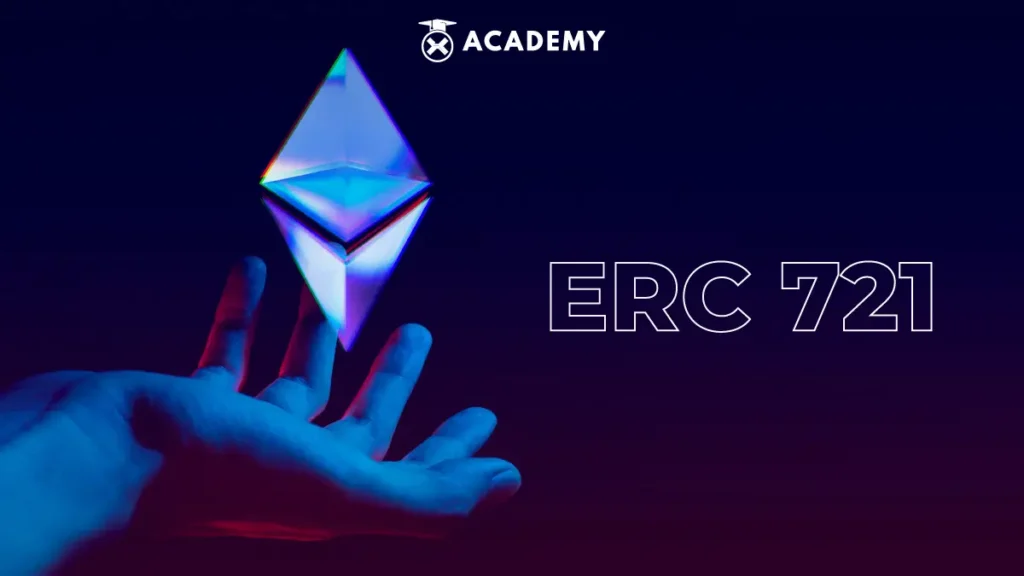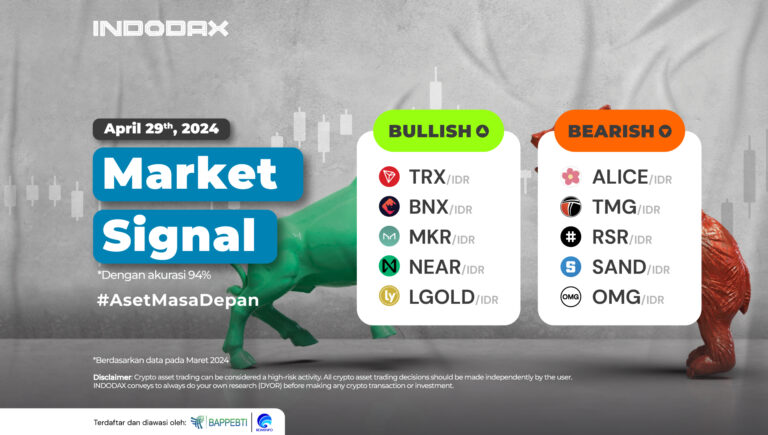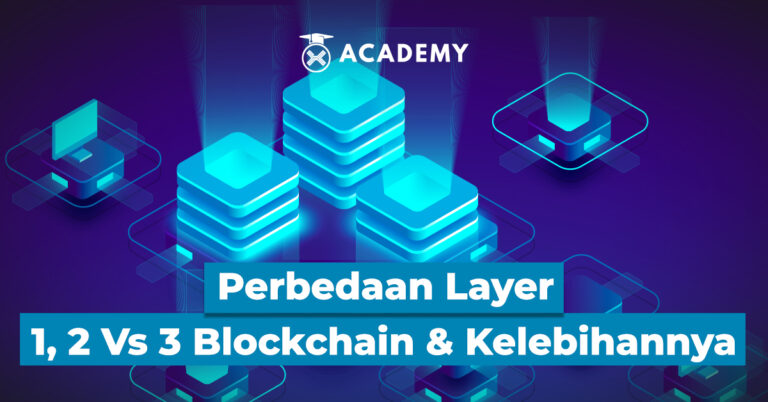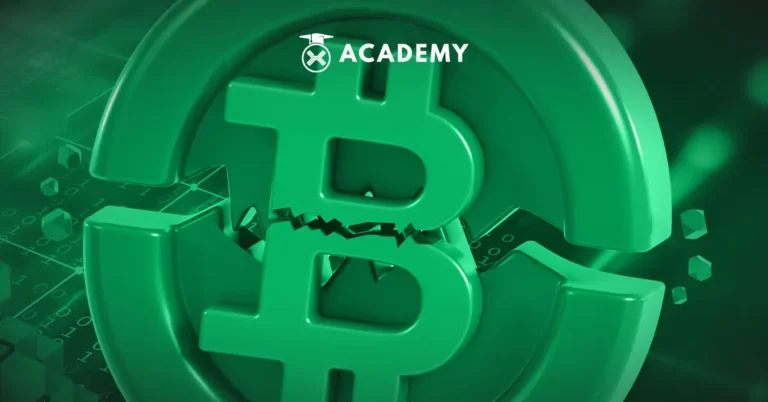The main advantage of blockchain founded by Vitalik Buterin, Ethereum, lies in its vast ecosystem. One of the key components within this ecosystem is the ERC standard which has been instrumental in the evolution of the crypto industry.
ERC is not a single entity but includes various standards, such as ERC-20, ERC-721, ERC-1155, and others. The Ethereum token standard, ERC-721, is used specifically for Non-Fungible Tokens (NFT). Its unique characteristics and special attributes differentiate it significantly from other types of tokens in the Ethereum network.
Please note that non-fungible tokens or NFTs are unique digital representations and cannot be exchanged with each other equally. Each token has a distinct identity and value and often represents ownership of a particular digital or physical asset. On the other hand, fungible tokens are tokens that can be exchanged with each other for equal value. For example, crypto assets such as Ethereum or ERC-20 tokens are examples of fungible tokens where one unit of the token has the same value as another unit.
So, to learn more about what ERC-721 is, what makes each token unique, what standard ERC is and its advantages and disadvantages, and what the differences between ERC-721 and ERC1155 are, see the following review.
What is ERC-721?
Quoting ethereum.org, ERC-721 presents a standard for NFTs which means that this type of token has unique characteristics and can have a different value from other tokens within the same smart contract, either due to factors such as age, rarity, or even aspects of others like his appearance.
All NFTs are known to have a uint256 variable called tokenId, so for each ERC-721 Contract, contract address pair, the uint256 tokenId must be globally unique. Thus, a decentralized application (dApp) can have a “converter” that takes the tokenId as input and produces an image of something interesting, such as a zombie, weapon, skill, or impressive cat.
Please note that ERC-721, proposed by William Entriken, Dieter Shirley, Jacob Evans, Nastassia Sachs in January 2018, is an NFT standard that implements an API for tokens in smart contracts. It provides various functionalities, including transferring tokens from one account to another, getting the current token balance of an account, knowing the owner of a particular token, and the total supply of tokens available in the network. In addition, this standard also includes several other functionalities, such as providing approval for a certain number of tokens from an account to be transferred by a third-party account.
If a smart contract implements the following methods and events, then it can be called an ERC-721 NFT contract and, once implemented, will be responsible for tracking tokens that have been created within the Ethereum network.
What Makes Each ERC-721 Token Unique?
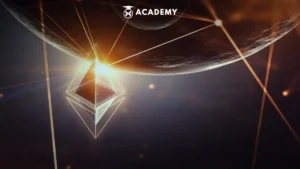
Quoting ledger.com, tokens produced using the ERC-721 standard have unique metadata and code, making them different from others.
These tokens are non-replaceable and cannot be shared. ERC-721 token prices are often influenced by factors such as scarcity and popularity.
ERC-721 tokens include an underlying smart contract and reside on the Ethereum blockchain. The creator enters unique token details, such as name, owner, and collection size, into the base code (the entire NFT code stored as a file).
What is ERC Standard?
It is important to know that ERC is an abbreviation for “Ethereum Request for Comments.” It is a technical documentation set with guidelines and standards for creating and managing smart contracts on the Ethereum blockchain.
To ensure compatibility between applications and networks, ERC standards establish certain rules and guidelines that developers must follow. While Ethereum allows developers to create tokens that do not adhere to crypto token standards, such tokens tend to lack functionality and composability with other features on the network. Therefore, compliance with ERC standards is very important to enable features such as transaction processing, quality (fungibility)/non-fungibility aspects, security, and others.
What are the Pros and Cons of ERC Standard?
Quoting analyticsinsight.net, the ERC Standard also has some pros and cons that need to be known. The following is an explanation of the pros and cons of ERC Standard:
1. Pros
- Helps in composability (combining different blockchain elements) and interaction between applications and the network.
- Improve network functionality.
- Enables token transfer functionality, ownership, security, and more features.
- Establish a common language and set of guidelines for developers.
2. Cons
- Requires sufficient knowledge of blockchain and programming to understand.
- Ethereum’s core development team evaluates new token standards, which causes uncertainty and delays in implementation.
Types of ERC Standard
Quoting analyticsinsight.net, ERC tokens currently consist of the 10 most widely used token standards. The following is a review of the types that you need to know, including:
1. ERC20
ERC20 is one of the first Ethereum token protocols proposed in November 2015 by Fabian Vogelsteller. ERC20 implements standards for fungible or equivalent tokens.
ERC20 tokens feature functionalities such as balance for checking token balance, transfer for token transfer, and approval for transaction authorization. Due to their fungibility, ERC20 tokens are suitable for stablecoins, utilities, and security tokens. Some well-known ERC20 tokens are Ethereum (ETH), Chainlink (LINK), Tether (USDT), and Uniswap (UNI).
2. ERC165
ERC165, previously known as Ethereum Improvement Proposal (EIP) 165, is a standard that allows smart contracts to perform type introspection.
ERC165 is an exercise to determine the properties of objects at execution time. Because of this, the ERC165 standard allows smart contracts to detect whether other contracts implement certain features.
3. ERC621
The ERC621 standard is key in increasing and reducing the total circulating supply. This standard improves the functionality of ERC20 tokens, allowing them to be burned or exchanged for other assets.
4. ERC721
Ever heard of NFTs? The ERC721 standard is the basis behind these NFTs. In contrast to ERC20, ERC721 tokens offer scarcity and uniqueness. This means no ERC721 token is the same as any other ERC721 token.
Each NFT consists of a unique address and metadata (name or image) stored on the Ethereum network, making verifying and transferring them easy.
5. ERC777
ERC777 offers additional features compared to ERC20 tokens, such as an emergency recovery function if the private key is lost and a mixer contract to increase transaction privacy.
6. ERC827
Proposed in 2018, ERC827 is an Ethereum token standard that enhances the functionality of ERC20 tokens by allowing users to transfer data and assets simultaneously.
7. ERC865
The ERC865 standard aims to reduce user transaction costs by introducing a function called “transferPreSigned” that allows third parties to pay gas fees. This is useful for dApps that handle a lot of token transfers.
8. ERC884
ERC884 is a proposed Ethereum standard allowing fractional asset ownership across blockchains. Since fractional shares are more economical, more users will adopt the network to purchase assets.
9. ERC1155
Proposed in 2018 by Witek Radomski (CTO of Enjin), the ERC1155 standard allows the development of fungible, semi-fungible, and non-fungible tokens in a single contract. This significantly reduces the number of transactions required to manage various types of ERC tokens, thereby significantly improving network efficiency.
10. ERC4626
The ERC4626 standard is specifically designed for yield-bearing vaults as it provides guidelines for optimizing and combining their technical parameters. This can be beneficial for aggregators, lenders, and users to find the best returns for their crypto tokens.
What is the Difference between ERC-721 vs. ERC1155?
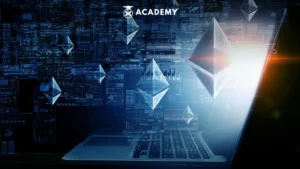
Quoting de.fi/blog, each ERC standard has a specific purpose and offers diverse functionality. ERC-20 is widely used to create crypto assets, stablecoins, and other fungible tokens.
ERC-721 is popular for creating NFTs, enabling the representation of unique digital assets such as artwork, collectibles, and in-game items. ERC-1155 provides flexibility by supporting multiple token types in a single contract, making it suitable for complex token ecosystems such as gaming platforms.
By adhering to these ERC standards, developers ensure compatibility, interoperability, and standardized functionality for their tokens and applications within the Ethereum network. The following are the differences between ERC-721 vs ERC1155 that you need to know.
1. ERC-721
ERC-721 is a token standard in the Ethereum ecosystem that introduces the NFT concept. It has become very popular among ERC NFT standards.
Unlike ERC-20 tokens which are fungible and represent the same value, ERC-721 tokens are unique and cannot be exchanged directly for each other. Each ERC-721 token has unique value, properties, and ownership.
ERC-721 was first proposed in 2017 by Dieter Shirley, a developer at Dapper Labs, in response to the need for a standard that could represent unique digital assets on the blockchain. His proposal quickly gained popularity and became the basis for the NFT boom we are seeing today.
The adoption of ERC-721 tokens has been extraordinary, changing various industries and opening up new use cases. The most common application of ERC-721 tokens is in the realm of digital art. Artists and creators can mint their work as NFTs, providing proof of ownership and scarcity in the digital world.
Projects such as CryptoKitties, which allow users to collect, breed, and trade virtual cats, draw significant attention to ERC-721 tokens and highlight their potential for gaming and collectibles. Some popular projects that use ERC-721 include:
- CryptoPunks: One of the oldest and most iconic NFT projects, CryptoPunks features 10,000 algorithmically generated pixel art characters, each with different characteristics and rarities. Zombie and Ape punks are among the rarest in this collection.
- Decentraland: A virtual reality platform built on Ethereum, Decentraland uses ERC-721 tokens to represent parcels of virtual land that users can own, trade, and build on.
- Art Blocks: An NFT platform featuring generative art projects, Art Blocks leverages ERC-721 tokens to provide users with unique, programmatically generated works of art.
2. ERC-1155
ERC-1155 is a token standard in the Ethereum ecosystem that provides a more versatile and efficient approach to tokenization. It was introduced as an upgrade to the existing ERC-20 and ERC-721 standards, offering a solution that combines the benefits of fungible tokens and NFTs in one contract.
ERC-1155 tokens can represent various types of assets, including fungible, semi-fungible, and non-fungible tokens. This flexibility makes it suitable for various use cases, such as gaming, digital collectibles, virtual assets, and more.
ERC-1155 was proposed by Enjin, a blockchain gaming platform, and was developed to overcome the limitations of previous token standards. It was introduced 2018 in response to increasing demand for a more efficient and scalable token standard that could support multiple token types in a single contract.
Adoption of ERC-1155 continues to increase, especially in the gaming industry. Its ability to manage multiple types of tokens in a single contract makes it well-suited for complex in-game economics and the creation of unique virtual assets.
The following are popular projects that use ERC-1155, including:
- Enjin: Enjin, the platform that introduced ERC-1155 NFTs, uses them extensively for their blockchain-based gaming ecosystem. They enable the creation and management of fungible and non-fungible assets for various games and virtual worlds.
- The Sandbox: The Sandbox is a virtual world where players can create, own, and monetize their gaming experiences. ERC-1155 tokens represent various in-game assets, including virtual land, avatars, and game items.
- MyCryptoHeroes: MyCryptoHeroes is a popular blockchain-based game and is an example of an ERC-1155 NFT. It uses ERC-1155 tokens to represent unique heroes. Each hero is an NFT with different characteristics and powers.
- Chain Guardians: Chain Guardians is a blockchain-based gaming ecosystem that combines strategic gameplay and NFTs. Players can collect and exchange ERC-1155-based guardians as in-game characters and assets.
- SuperFarm: SuperFarm is a cross-chain DeFi protocol that allows users to create and manage NFT farms. ERC-1155 tokens represent these NFT farms that allow users to earn rewards and participate in the platform ecosystem.
ERC-1155 NFTs have gained significant traction due to their ability to simplify token management, reduce gas fees, and support multiple token types. As the blockchain and gaming industry grows, we can expect further adoption and innovation around ERC-1155 NFTs.
Which is Better ERC-721 or ERC1155?
Quoting de.fi/blog, when considering whether to use ERC-721 or ERC-1155 for a project, it is important to understand the key differences between these two standards and the unique features they offer. It should be noted that the choice between ERC-721 and 1155 is not a matter of one being “better” than the other, but rather choosing a standard that aligns with the project’s specific goals and requirements.
The main advantage of ERC-721 is its established history of development and adoption. As the first widely recognized NFT standard, ERC-721 has a wealth of resources, tools, and examples available for developers to reference.
ERC-721 has a proven performance record in applications such as digital art and collectibles. For projects looking to create unique, non-fungible tokens that represent different digital assets, such as works of art or collectibles, ERC-721 is often the preferred choice.
For example, a digital art marketplace that wants to tokenize and trade individual works of art would probably choose ERC-721 because of its focus on non-fungible tokens and the existing ecosystem around this standard.
On the other hand, ERC-1155 offers greater flexibility and efficiency in managing multiple types of tokens in one contract. The standard is capable of supporting fungible, semi-fungible, and non-fungible tokens making it suitable for projects that require a wide range of token functionality.
For example, gaming platforms that want to create fungible in-game assets and unique non-fungible assets, such as weapons or characters, will benefit from the flexibility of ERC-1155. With ERC-1155, developers can reduce complexity by using a single contract to handle multiple token types, resulting in improved scalability and cost efficiency.
The decision to use ERC-1155 vs 721 ultimately depends on the specific requirements and goals of the project. If the focus is on creating and trading unique digital assets with individual ownership and characteristics then ERC-721 is a solid choice.
Meanwhile, if a project requires managing various types of tokens, such as a gaming ecosystem with various assets and in-game assets, then ERC-1155 provides the flexibility to accommodate these diverse needs. It is also worth considering that both standards can coexist and be used together in certain scenarios. Some projects may choose to combine ERC-721 and ERC-1155, leveraging the advantages of each standard to create a comprehensive token ecosystem.
While ERC-721 has a longer development history and is suitable for non-fungible tokens representing unique assets, ERC-1155 offers greater flexibility and efficiency in managing multiple types of tokens in one contract. The decision ultimately depends on the specific use case and project requirements, and developers should carefully evaluate which standard best suits their goals for creating a successful and effective token implementation.
Conclusion
In conclusion, ERC-721 has a very important role in developing the non-fungible token ecosystem. This standard not only creates the basis for the development of NFTs, but also carries great potential in representing unique digital assets.
As for remaining relevant and supporting innovation in the blockchain world, it is very important to continue to monitor the latest developments in the ERC-721 ecosystem.
By maintaining involvement and understanding of the latest trends, we can better understand the growing potential and opportunities in the world of non-fungible tokens.
Invest in Crypto Assets on INDODAX
So, now you understand what ERC-721 is, what makes each token unique, what standard ERC is and its advantages and disadvantages, and what are the differences between ERC-721 vs ERC1155 and which one is better.
Next, if you are interested in investing in crypto assets, you should first check the crypto market at INDODAX Market. After checking the price, you can also buy crypto assets on a trusted crypto exchange only on INDODAX.
As a reminder, INDODAX is the leading crypto asset trading platform and is the first in Indonesia. As a well-known crypto asset buying and selling platform, INDODAX has been proven to provide reliable services to investors. INDODAX also provides easy and comfortable access to the crypto asset market, while guaranteeing transaction security for users.
So what are you waiting for? Let’s start investing in crypto assets now with INDODAX!




